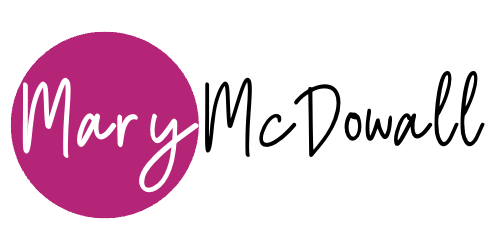Release the Pressure - Reset and Realign
/The other day I forgot to meditate and broke a consecutive 623 day streak … and I felt so relieved!
Meditation is great … and a regular meditation even better with well documented benefits. At some point though, I began to resisting my sitting practice. I was squeezing in my meditation at the last minute of the day just to keep my consecutive day streak going. It was actually a relief when I realized I’d missed a day.
It was a relief - in a sense because it took the off pressure of having to maintain a ‘perfect’ record.
It was also a relief because it gave me the opportunity to reset my motivation which had veered off target. Meditating just to keep a streak going is really missing the whole point of meditation.
Now, I sit in meditation with a clean slate. I feel lighter and more aligned with the reasons I want to meditate.
Sometimes in life and in business we also need to make a shift or reset. We need to reconnect to the reason why we really do what we do.
Define Your Viable is a 6 week, online elevated mentoring circle for women in business who want to measure their success in non-traditional ways. It’s about reconnecting to your current reality and realigning with what brings you joy, makes you feel lighter and in alignment with yourself.
It’s about releasing the pressure set by external criteria and listening to your inner wisdom - so you can reset and realign with success defined in your own terms.
Check out the details HERE. And be sure to add your name to my wait list.
Creatively Yours,
Mary





